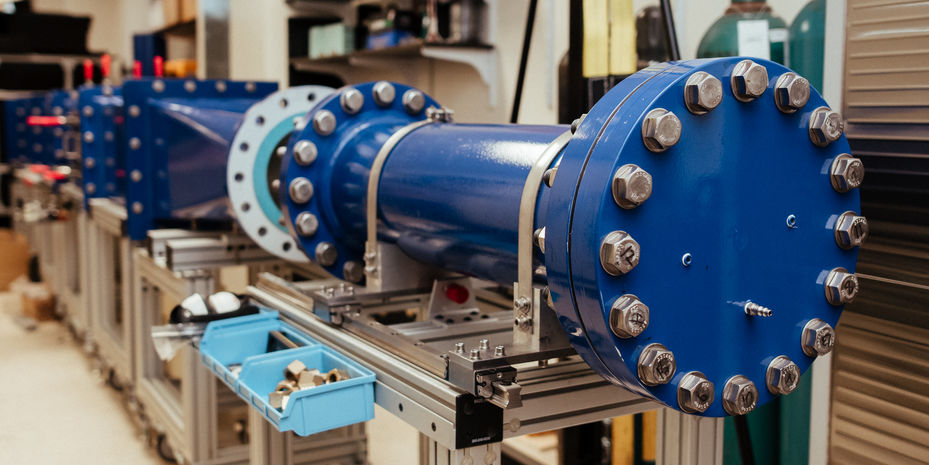This is a priority area for the National Aeronautics and Space Administration, Department of Defense, National Science Foundation and many other organizations. In the interest of solving most pressing scientific problems humans currently face, materials science tries to address the limits of the known materials and solids and how they are used. Research breakthroughs may affect the future of technology and the world around us.
Low-Cost Steel Concrete Composite Vessel for Forecourt Hydrogen Storage at 875 Bar Or Greater
Faculty: Dr. Fei Ren
Sponsor: Oak Ridge National Laboratory
The aim of the project is to design a stationary gaseous hydrogen storage vessel system that can meet the cost and performance requirements set forth by the Department of Energy: 1) storage pressure at 875 bar or greater, 2) purchased capital cost < $1000/kgH2, 3) service life > 30 years, and 4) scalable to a total capacity of > 1000 kg H2. To meet these requirements, the proposed project will include the following activities: vessel design and engineering optimization, cost modeling and analysis, materials selection, testing and evaluation, section and optimization of fabrication technologies, design, fabrication, and testing of prototype vessel, and development of commercialization pathway.
Double Negative Acoustic Metamaterial With Air-Coupled Diaphragms
Faculty: Dr. Haijun Liu
Sponsor: National Science Foundation
This research is developing a new type of acoustic metamaterial with air-coupled diaphragms to realize simultaneous negative mass density and negative bulk modulus. Previous design often requires complex fabrication process and tuning of individual unit cells, hindering its practical applications. To address these limitations, the research aims to gain an understanding of the unit cell of air-coupled diaphragms, the properties of acoustic metamaterial and the development of fiber optic interrogatory system and the fabrication and characterization of acoustic metamaterial: acoustic metamaterial will be fabricated with 3D printing and simple stacking, and its properties will be characterized using an impedance tube and the embedded fiber optic sensors.



